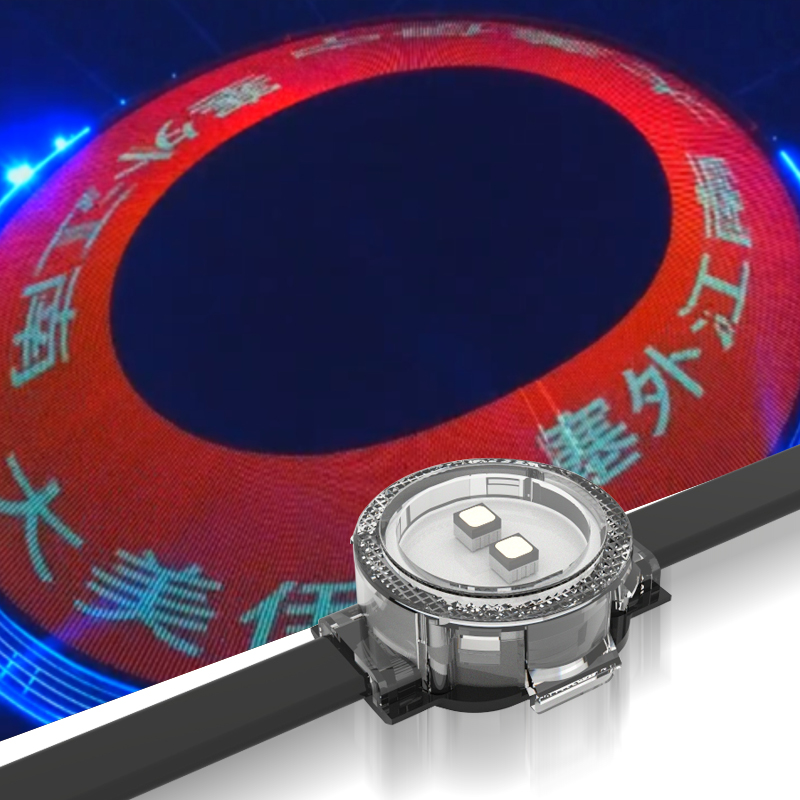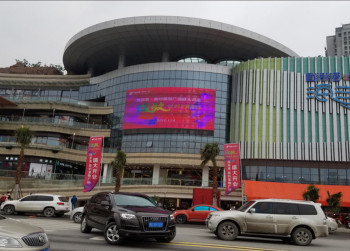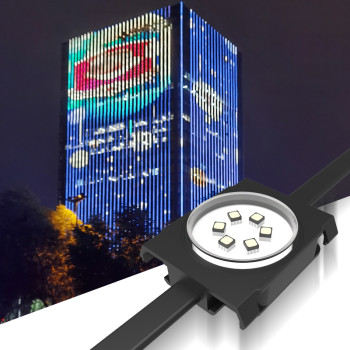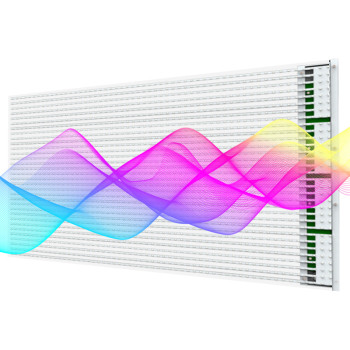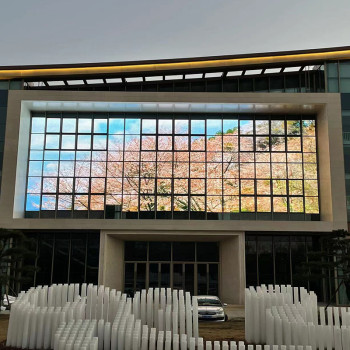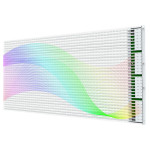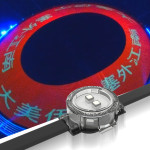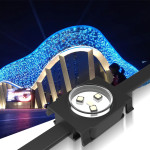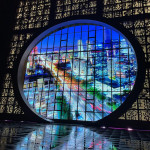- 07 Jun 2024
- YINHAN tech
Architectural point lighting plays a crucial role in modern architectural design, enhancing both the aesthetic and functional aspects of spaces. Ensuring the quality of point lighting involves strict control over various stages such as material selection, design, construction, and maintenance. This article will detail the key steps and considerations for controlling the quality of architectural point lighting, helping you create a high-quality architectural lighting system.
## 1. Selecting High-Quality Lighting Materials
### a. Choosing Fixtures
Selecting high-quality lighting fixtures is the foundation of ensuring point lighting quality. Recommended fixture features include:
- **High Color Rendering Index (CRI)**: Higher CRI indicates better color rendering accuracy of the light source.
- **Long Lifespan**: Durable fixtures reduce replacement frequency and maintenance costs.
- **Energy Efficiency**: Choosing energy-saving fixtures is both environmentally friendly and reduces energy consumption.
### b. Choosing Light Bulbs
The core part of the light source is the bulb. LED bulbs are recommended due to their advantages:
- **High Efficiency and Energy Saving**: LED bulbs are more efficient than traditional bulbs and have a longer lifespan.
- **Low Light Decay**: LED bulbs maintain brightness over time with minimal degradation.
- **Environmental Friendliness**: LED bulbs do not contain harmful substances like mercury, making them environmentally friendly.
## 2. Thoughtful Lighting Design
### a. Light Source Layout
A well-planned light source layout can significantly enhance the overall lighting effect of a space. Consider the following factors in design:
- **Uniform Lighting**: Ensure even distribution of light sources to avoid spots or dark areas.
- **Layered Lighting**: Create a sense of depth and dimension by combining point lights of different brightness levels.
- **Functionality**: Choose appropriate light source types and brightness levels based on the functional needs of different areas.
### b. Light Color Temperature
The color temperature of lighting significantly impacts the atmosphere of a space. Choose suitable color temperatures for different settings:
- **Warm Tone (2700K-3000K)**: Ideal for bedrooms and living rooms where a cozy ambiance is desired.
- **Neutral Light (3500K-4100K)**: Suitable for offices and kitchens where bright lighting is needed.
- **Cool Tone (5000K-6500K)**: Suitable for garages and warehouses where high brightness is required.
## 3. Rigorous Control in Construction and Installation
### a. Professional Construction Team
Select an experienced, professional construction team to ensure the quality and safety of lighting installation. The team should possess the following capabilities:
- **Precise Positioning**: Ensure accurate installation positions to avoid deviations affecting lighting effects.
- **Safety Compliance**: Adhere to safety regulations to prevent hazards such as electrical short circuits.
- **Aesthetic Installation**: Ensure neat and aesthetically pleasing installation that complements overall decor.
### b. Standardized Installation Process
Follow a standardized installation process during construction to ensure each step is properly executed:
- **Preparation**: Carefully review design drawings and prepare all necessary materials and tools.
- **Installation**: Install step-by-step according to design requirements, ensuring every detail meets standards.
- **Inspection**: Conduct comprehensive inspection and testing after installation to ensure fixtures work properly and lighting effects meet expectations.
## 4. Regular Maintenance and Upkeep
### a. Routine Inspections
Regularly inspect fixtures and circuits to promptly identify and resolve issues, ensuring the stability and safety of the light source. Inspection items include:
- **Fixture Cleaning**: Clean dust off fixtures to maintain brightness.
- **Electrical Safety**: Check if wire connections are secure to prevent loosening and short circuits.
- **Bulb Replacement**: Replace damaged or significantly dimmed bulbs in a timely manner to maintain lighting effects.
### b. Maintenance Records
Maintain detailed records of each inspection and maintenance session to identify and address recurring issues proactively.
## Conclusion
Quality control for architectural point lighting involves multiple stages, from material selection to design, construction, and maintenance. By rigorously controlling each stage, selecting high-quality materials and fixtures, designing reasonable light source layouts, standardizing construction processes, and conducting regular maintenance, you can ensure high-quality and long-lasting point lighting that enhances both the aesthetic and functional aspects of architectural spaces.
We hope this guide provides valuable insights to help you succeed in your architectural lighting projects.
